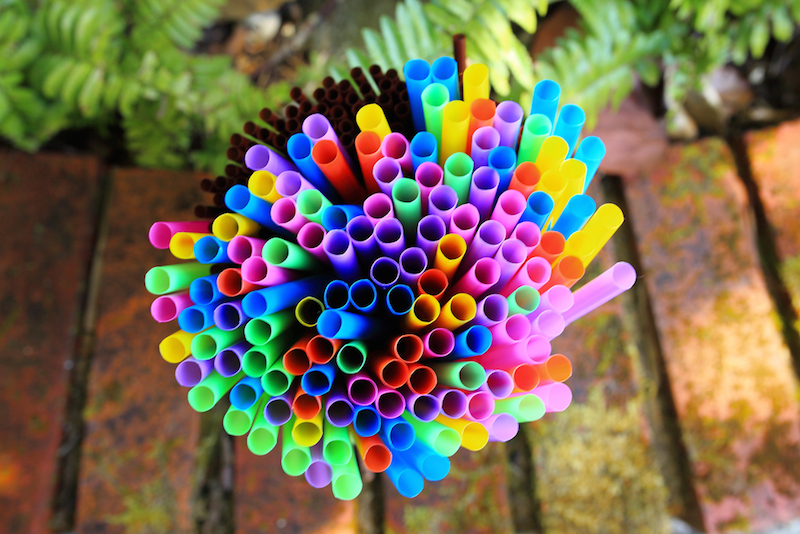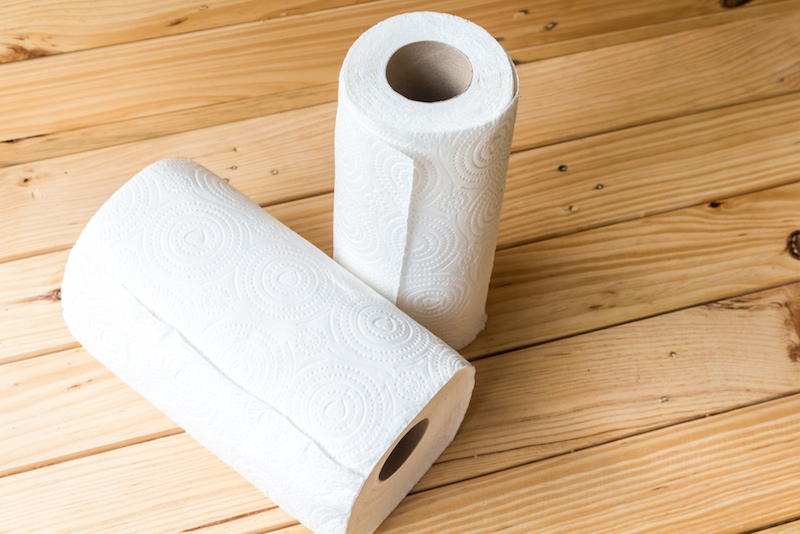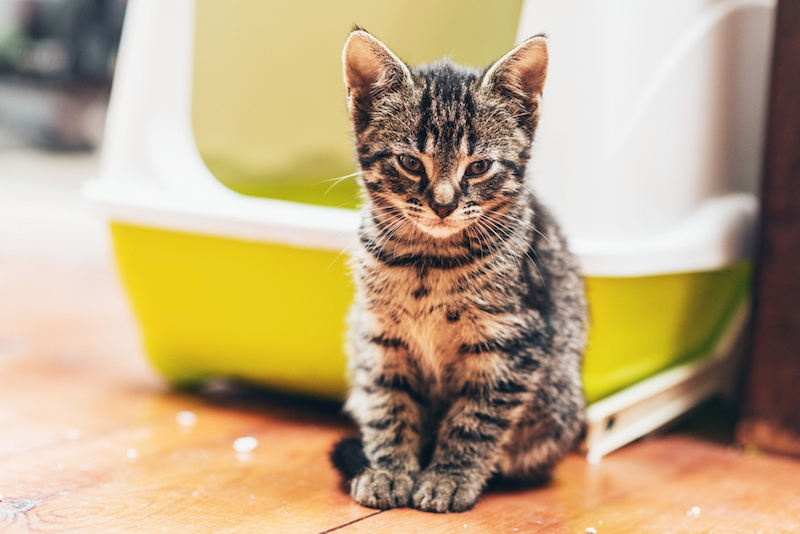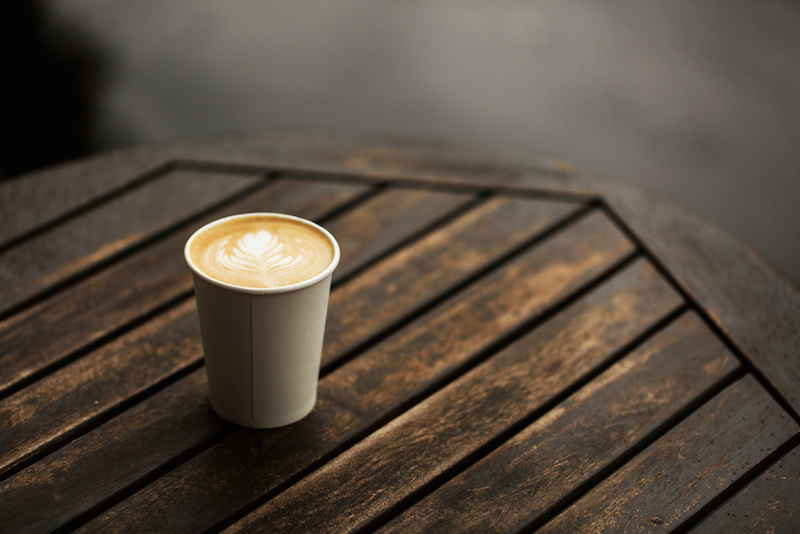Environment
How bad is it to use disposable items and which ones are the worst?

Image: Shutterstock/THALERNGSAK MONGKOLSIN
While most of us care about the environment, the vast majority of us are also busy and tired by the end of the day—which can cause even the most eco-conscious among us to occasionally opt for the convenience of handy, single-use items. Piles of many disposable items made of plastic and foam end up in landfills where some will remain for an eternity without ever beginning to biodegrade. It is worth noting that some in these categories are worse than others, and environmentally-superior replacements do exist. Let’s examine the situation.
Straws: What’s the point?
Drinking beverages on the go may seem unavoidable, but limiting or ending our use of straws is well worth considering once we acknowledge environmental costs. The handy straw’s novelty wears off when we discover 500 million straws are used and discarded daily in the United States alone, resulting in many millions missing trash cans only to blow into and float on top of our lakes and oceans—where they never disintegrate or dissolve. These straws frequently become ingested by marine wildlife, which later kills them. A whopping 12-40 tons of plastic ends up in the bodies of seabirds each year, which leads to their eventual autopsies—through which scientists have discovered the greatest culprits to be: the tiny plastic straws attached to your kids’ favorite juice boxes. Time to get ’em a thermos or reusable juice/water bottles instead, parents. Here’s one stuck in the nostril of a sea turtle being (painfully) removed by marine biologists.
Paper towels: Are we that messy?

Image: Shutterstock/Art_Photo
Grab for a cloth napkin, towel or reusable rag next time you spill. Paper towels may be convenient, but the United States ends up with 3,000 tons of them tossed out daily. Reusable, cloth handkerchiefs are also preferable to kleenex or other tissues.
Kitty litter: Keep your cat but toss the clay litter

Image: Shutterstock/Ysbrand Cosijn
Clay kitty litter is often the cheapest option available for cat lovers, but it also carries some environmental disadvantages in the form of a hefty eco-price tag. Clay litter is strip-mined, for starters, which is extremely destructive to the earth—and unnecessarily so. Additionally, the chemicals in some litters include crystalline silica (categorized as a carcinogen in California Prop 65) as well as synthetic fragrances. Try other options like wood pellets, sawdust, corn cobs, recycled newspaper, and wheat bran. Some have used chicken feed or other innovative items to line their litter boxes. Other industrious folks are even trying to toilet-train their feline friends. It can only work if you try!
Paper cups, plastic Cups, bottles or foam?

Image: Shutterstock/Efetova Anna
While we sip our pumpkin spice lattes or guzzle our bottled organic Gatorades, should we ever think about the environment? Considering America is the top world consumer of coffee, and the problems with plastic are numerous, maybe we should. We toss around 25 billion foam cups into landfills annually, alongside 2.5 million plastic beverage bottles every hour, and each individual office worker who purchases one disposable cup of coffee daily creates 23 pounds of waste each year. Plastic use is a problem deserving its own separate article entirely due to various issues including the endocrine-disrupting chemicals found in a great deal of it, and much of it not being recyclable at all. Opt for a reusable cup: Starbucks and other coffee chains refill them at a discount.
These are but a few of many disposable items we must reconsider if we aim to preserve the earth’s (and humanity’s) health. Consider looking into the environmentally-friendly alternatives to items you use once and toss—from disposable batteries to plastic shopping bags, coffee pods and disposable razors: we can do better, folks, and we must.





0 comments